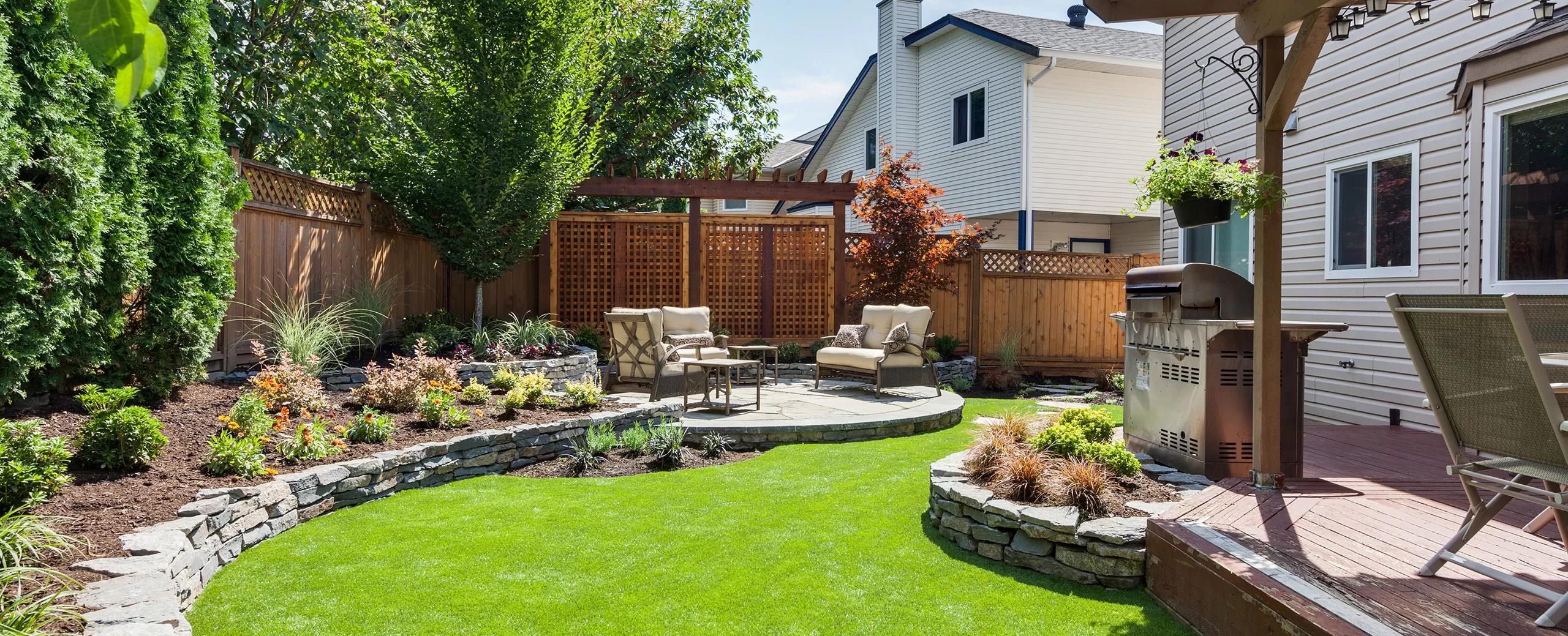Landscape design is the art and practice of arranging outdoor spaces to achieve aesthetic, functional, and environmental goals. It involves planning, designing, and implementing the layout, elements, and features of outdoor environments such as gardens, yards, parks, and public spaces. Here are some key aspects of landscape design:
- Site Analysis:
- Before starting a landscape design project, it’s essential to conduct a thorough site analysis to understand the characteristics, constraints, and opportunities of the site. This may include assessing the soil type, topography, drainage patterns, climate, sun exposure, existing vegetation, and surrounding landscape features.
- Design Principles:
- Landscape design is guided by various principles and elements of design, including balance, proportion, scale, unity, harmony, rhythm, and focalization. These principles help create visually appealing and harmonious outdoor spaces that complement the natural environment and meet the needs of users.
- Functional Considerations:
- Landscape design takes into account the functional requirements and uses of outdoor spaces, such as relaxation, recreation, entertainment, gardening, dining, and circulation. Design elements and features are arranged to accommodate these activities while ensuring usability, accessibility, and safety for users.
- Plant Selection and Horticulture:
- Plants play a central role in landscape design, providing beauty, shade, privacy, and habitat for wildlife. Landscape designers select appropriate plant species based on factors such as climate, soil conditions, water availability, maintenance requirements, and aesthetic preferences. They consider factors such as color, texture, form, size, and seasonal interest to create visually dynamic and sustainable plant compositions.
- Hardscape Elements:
- Hardscape elements, such as paths, patios, decks, walls, fences, arbors, pergolas, and outdoor structures, are integrated into landscape designs to define spaces, provide structure, and enhance functionality. These features are designed to complement the natural landscape and architectural style of buildings while serving practical and aesthetic purposes.
- Water Features:
- Water features, such as ponds, waterfalls, fountains, streams, and water gardens, add movement, sound, and visual interest to outdoor spaces. They create focal points, attract wildlife, and provide opportunities for relaxation and reflection. Water features are designed to harmonize with the surrounding landscape and enhance the overall ambiance of the environment.
- Sustainability and Environmental Considerations:
- Sustainable landscape design practices aim to minimize environmental impact, conserve natural resources, and promote ecological health and resilience. Design strategies may include water-efficient irrigation systems, drought-tolerant plantings, native plant species, rainwater harvesting, permeable paving, and eco-friendly materials.
- Maintenance and Management:
- Landscape designers consider the long-term maintenance requirements and management needs of outdoor spaces when developing design plans. They recommend appropriate maintenance practices, plant care techniques, and management strategies to ensure the health, vitality, and longevity of the landscape over time.
Overall, landscape design is a multidisciplinary field that integrates art, science, and technology to create beautiful, functional, and sustainable outdoor environments that enrich the lives of people and enhance the natural world. Whether designing residential gardens, urban parks, corporate campuses, or public plazas, landscape designers strive to create inspiring and enduring landscapes that connect people with nature and promote well-being.
